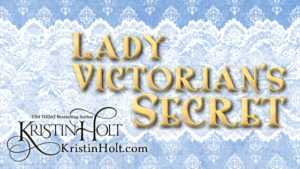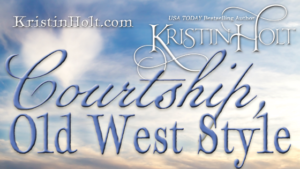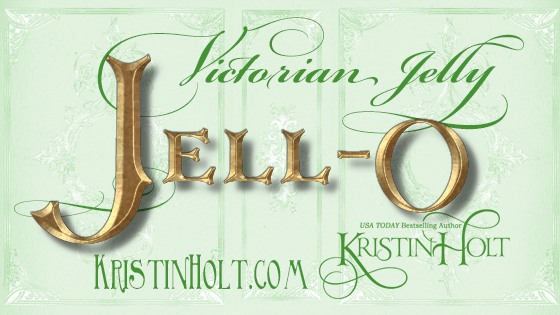
by Kristin Holt | Jul 23, 2022 | Articles
After the advent of Victorian commercially prepared gelatin came colored, flavored boxed gelatin. The Jell-O brand was born in 1899. The new brand’s four-flavor line-up was well-received by housekeepers (wives), and continually promoted by the food manufacturer. Newspaper recipes urged cooks to rely on Jell-O brand gelatin in dessert making.
Don’t miss any one of this 8-part blog series on Victorian America’s Jellies.
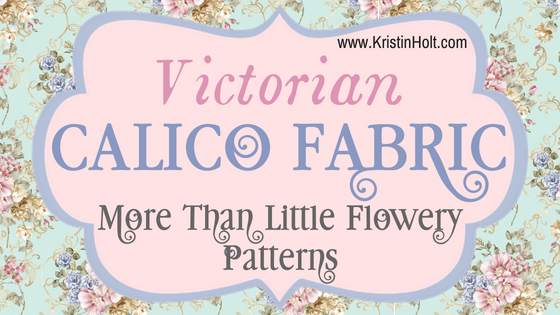
by Kristin Holt | Jun 12, 2018 | Articles
What IS calico? Where did it come from, and who used it to fashion clothing in the nineteenth century? Why did Calico appeal to working women? Why was Calico the fabric of choice for Calico Balls?
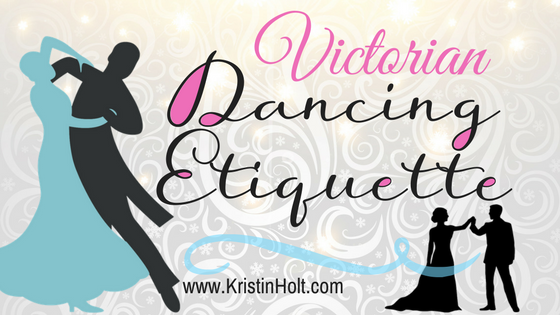
by Kristin Holt | Mar 9, 2017 | Articles
Etiquette governing balls and dances in the American Victorian era seems stuffy, old-fashioned, and strict to 21st century Americans. Every rule of decorum ensured good manners were in play, but most importantly, the moral purity and innocence of young women and young men were maintained. Etiquette governed everything from how a man asked a woman for a dance to how he could properly hold her hand while dancing, to how many dances that pair could have in one evening. This article contains the specifics propriety demanded, and the vintage sources where they may be found. Leap year turned some of the lady’s restrictions upon the men; see the true-to-history newspaper article from 1888 that starred in Sophia’s Leap-Year Courtship.

by Kristin Holt | Oct 29, 2016 | Articles
Victorian-era Americans enjoyed holidays–filled with patriotism, fun, remembrance, religion, and fashion. Halloween began far earlier than the 19th century, when All Hallows Eve was a sacred, religious observation. Come catch a glimpse of our Victorian American ancestors’ fun with Halloween: “Hallowe’en Cake” and its fortune telling methods, parlor games filled with superstition, phrasing for party invitations, historical cabinet cards of Victorian Halloween costumes, and more!
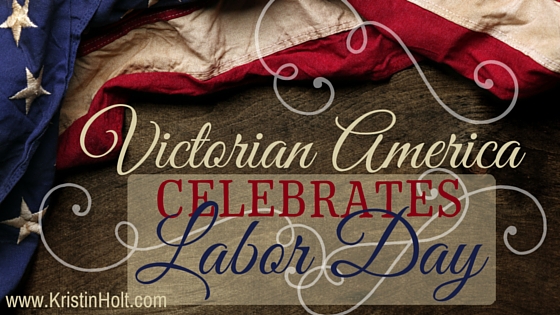
by Kristin Holt | Sep 5, 2016 | Articles
LABOR DAY was born of the circumstances within our Victorian-era United States Industrial Revolution. Unions wanted safer working conditions and 12- to 16-hour work days shortened to 8- or 9-hours. Strikes and protests lead to reform, and from the first Labor Day parade in 1882 peaceful Labor’s Holidays began to take root state by state until in 1894, Labor Day was declared by the President of the United States as a Federal Holiday. This article contains newspaper accounts from era papers, vintage photographs, and a dash of American history surrounding summer’s last hurrah.







